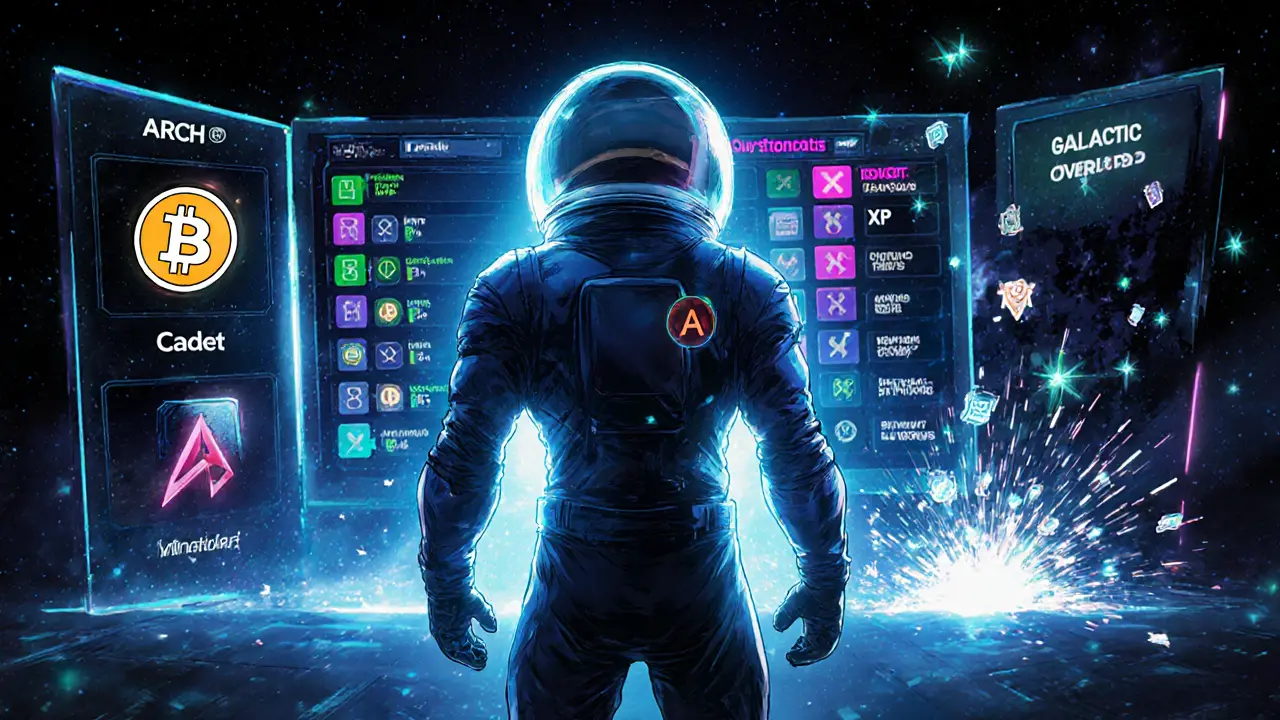When working with Arch Network, a modular blockchain platform that separates execution, consensus, data availability, and settlement into distinct layers. Also known as Arch, it aims to deliver high throughput and low latency for decentralized applications. By splitting core functions, Arch reduces bottlenecks that plague monolithic chains and opens the door for rapid upgrades without disrupting the whole network.
The heart of Arch’s promise lies in Modular Blockchain Architecture, a design that isolates execution, consensus, data availability, and settlement into interchangeable layers. Each layer can be optimized independently: execution nodes focus on smart‑contract speed, consensus nodes prioritize security, data‑availability nodes ensure rapid block propagation, and settlement modules handle finality. This separation lets developers cherry‑pick the best tech for each piece, much like choosing the right engine for a car. The result is a chain that can scale horizontally, adding more execution nodes without overloading consensus, and vice‑versa. Arch’s roadmap leverages this flexibility to support thousands of transactions per second while keeping fees low.
Scaling isn’t just about raw TPS; it’s also about user experience. Because data availability is handled by dedicated nodes, block times stay predictable even during traffic spikes. Settlement happens on a finality layer that finalizes only after multiple independent confirmations, cutting the chance of rollbacks. For developers, this means faster feedback loops and less need to write complex roll‑back logic. In practice, a DeFi protocol built on Arch can process a surge of trades without choking, and a gaming dApp can deliver near‑instant item transfers. The modular setup also simplifies future upgrades—swap out the consensus layer for a newer proof‑system without rewriting smart contracts.
Security gets a boost through integration with EigenLayer, a restaking protocol that lets ETH holders lock their assets to secure additional services. EigenLayer lets Arch tap into the existing validator set of Ethereum, borrowing its robust security guarantees while still running its own specialized layers. Validators restake their ETH on EigenLayer, earning extra yields while providing collateral for Arch’s consensus and data‑availability layers. This shared‑security model reduces the barrier for launching new modules, because you don’t need to build a validator network from scratch. It also aligns incentives—if a validator misbehaves on any layer, they risk losing the staked ETH across all services.
Of course, the backbone of this shared security is Ethereum, the leading smart‑contract platform that provides the base security layer for many LSTs and restaking solutions. Ethereum’s proof‑of‑stake engine supplies the economic finality that EigenLayer leverages, and its widespread developer tooling makes integration smooth. By anchoring to Ethereum, Arch inherits a battle‑tested network, extensive audit trails, and a vibrant ecosystem of wallets and explorers. This connection also means developers can bridge assets between Arch and Ethereum with familiar bridges, lowering friction for users moving between chains.
From a practical standpoint, Arch’s modular design opens up new use cases. A supply‑chain tracker can run lightweight verification on the execution layer while relying on Ethereum‑backed settlement for immutable records. NFT marketplaces can host high‑frequency minting on a dedicated execution shard, avoiding the congestion that hits Ethereum during drops. Even cross‑chain bridges benefit: the data‑availability layer can publish proofs to multiple networks simultaneously, speeding up finality for assets moving in and out of Arch. These scenarios illustrate why the community is watching Arch as a blueprint for the next generation of blockchains.
Below you’ll find a curated mix of deep dives, how‑to guides, and market analysis that flesh out the concepts introduced here. Whether you’re curious about the technical underpinnings, interested in how EigenLayer restaking works, or looking for concrete strategies to build on a modular chain, the articles ahead provide the details you need. Dive in to see how Arch Network is shaping the future of scalable, secure decentralized finance and beyond.

Learn how to join the Arch Network (ARCH) airdrop, set up a Unisat wallet, complete testnet missions, earn XP, and maximize your future token rewards.